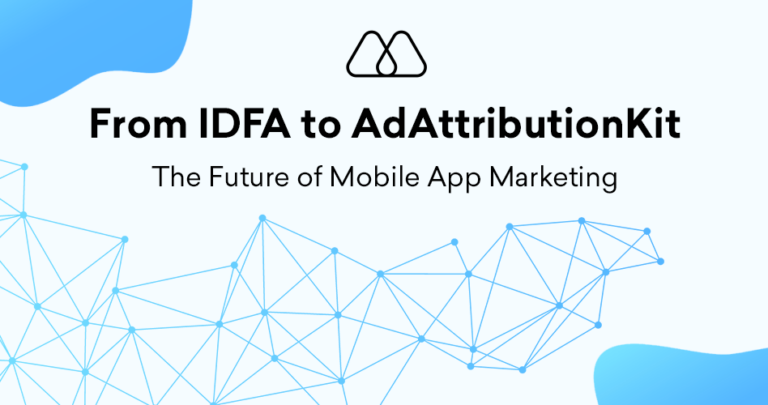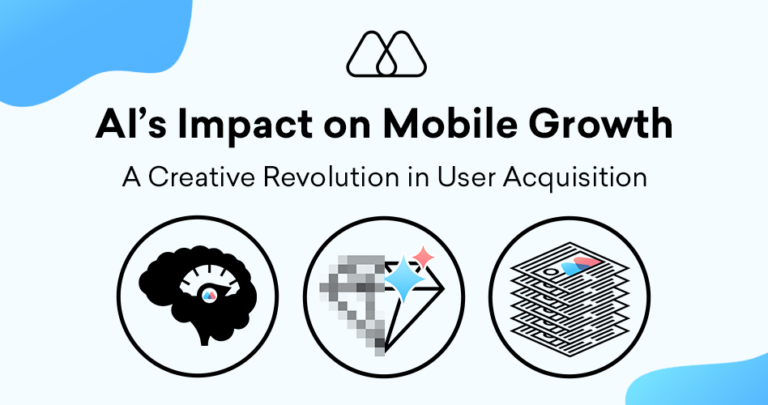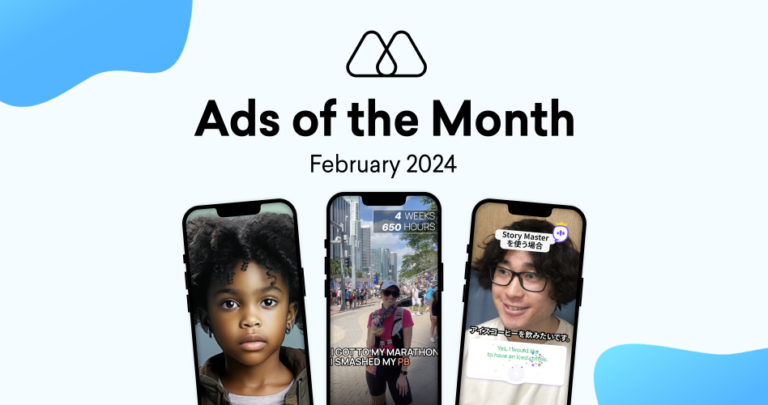The Identifier for Advertisers (IDFA) has long been a cornerstone of mobile app advertising. Introduced by Apple in 2012, this unique identifier assigned to each iOS device allowed advertisers to track user behavior across apps and deliver targeted advertising campaigns. However, with increasing concerns around user privacy, Apple announced significant changes to the IDFA framework with the iOS 14 update in 2021. This article explores Apple IDFA removal, its impact on mobile app advertising, and potential strategies for navigating this evolving landscape.
What is Apple IDFA Removal?
The IDFA is a non-personal identifier assigned to each Apple device. It allows advertisers to track user interactions within apps, such as app installs, in-app purchases, and ad clicks. This data was used to build audience profiles, measure campaign effectiveness, and deliver targeted advertising. For instance, an e-commerce app could leverage IDFA to identify users who previously viewed a specific product category and target them with relevant ads across other apps.
Why Did Apple Remove IDFA?
Apple has been a vocal advocate for user privacy, and the IDFA was increasingly seen as a tool for intrusive user tracking. Critics argued that users were not adequately informed about how their data was collected and used. Additionally, the ability to track users across multiple apps raised concerns about the creation of detailed profiles and the potential for micro-targeting.
With iOS 14, Apple introduced App Tracking Transparency (ATT), a framework that requires apps to obtain explicit user consent before accessing the IDFA. After a significant portion of users opted out of tracking, this rendered IDFA useless for most advertising purposes.
Impact of Apple IDFA Removal
The Apple IDFA removal has had a significant impact on the mobile app advertising ecosystem:
- Reduced Targeting Capabilities: Advertisers can no longer leverage user-level data for precise targeting. This makes it more challenging to reach specific user segments and potentially reduces campaign effectiveness.
- Measurement Challenges: Measuring campaign performance becomes more complex without access to user-level data. Optimizing campaigns and assessing ROI is difficult when attributing conversions becomes less precise.
- Rise of Contextual Targeting: With limited user-level data, advertisers are focused on contextual targeting strategies. This involves targeting users based on the app environment – the content they are consuming – and other contextual signals.
5 Key Takeaways from the Apple IDFA Removal
- Privacy-First Approach: The Apple IDFA removal underscores the growing importance of a privacy-first approach to mobile app advertising. Transparency and user consent are crucial for building trust with users.
- Focus on Contextual Targeting: Strategies that leverage contextual signals such as app category, demographics, and user behavior within an app will become increasingly important for reaching target audiences.
- First-Party Data is King: App developers and advertisers must prioritize collecting and leveraging first-party data, such as user demographics and in-app behavior, to gain insights and personalize user experiences.
- Diversification of Measurement Strategies: A reliance on single metrics for campaign measurement is no longer sustainable. A diversified approach using multiple data points, including contextual signals and aggregated app-level data provided by Apple’s SKAdNetwork, will be necessary.
- Focus on Building Brand Value: With limitations in targeting, building strong brand value through high-quality user experiences and organic app discovery strategies will become even more critical for driving app downloads and user engagement.
Strategies for a Post-IDFA World
The Apple IDFA removal necessitates a shift in mobile app advertising strategies. Here are some key approaches to consider:
- Invest in User Acquisition (UA) Strategies: Focus on effective user acquisition strategies like App Store Optimization (ASO), influencer marketing, and paid advertising on platforms that offer contextual targeting options.
- Leverage First-Party Data: Prioritize collecting and analyzing first-party data to understand user behavior and preferences. This data can be used for segmentation, personalization, and campaign optimization.
- Develop Contextual Targeting Strategies: Explore contextual-targeting solutions offered by ad platforms and data providers. Consider factors such as; location, app category, and user demographics to reach relevant audiences.
- Focus on Building Brand Value: Invest in creating a positive user experience within your app. Positive reviews, compelling content, and a focus on user engagement will contribute to organic app discovery and user retention.
- Utilize SKAdNetwork: Explore Apple’s SKAdNetwork, a privacy-preserving framework allowing aggregate campaign measurement data. Leverage this data to understand campaign effectiveness and optimize future campaigns.
The Future of Mobile App Advertising
The removal of IDFA marks a significant shift in the mobile app advertising landscape. While it presents challenges, it also presents opportunities for innovation and adaptation. It’s also ever-evolving, with new improvements added to Apple’s SKAdNetwork in every version; staying on top of technical limitations, measurement strategies, and optimization strategies is critical for mobile app marketers to remain competitive.




